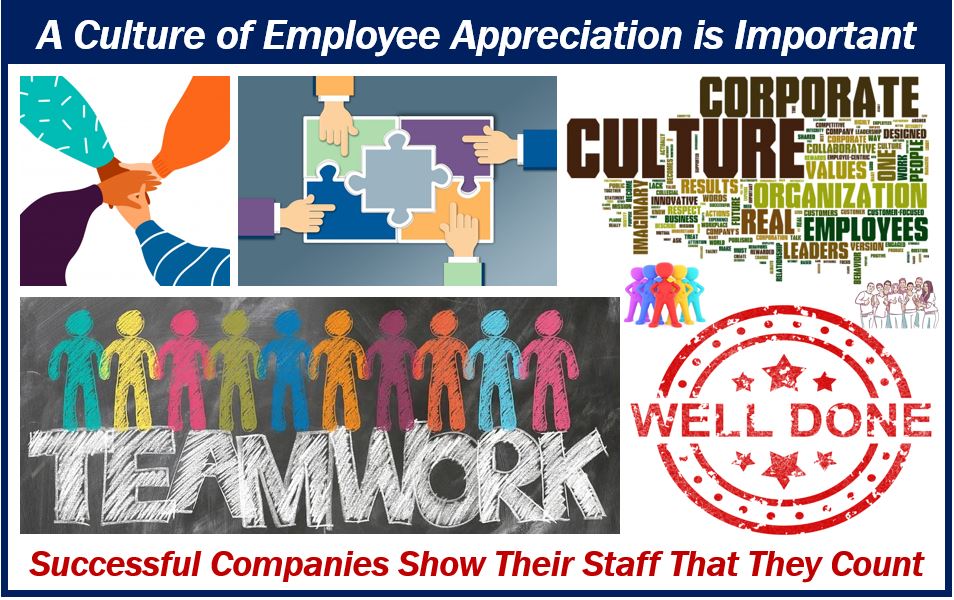As businesses prepare to return to more typical operations post-pandemic, workers are putting up a fight. After all, the last year and a half has proven that many jobs can be done remotely, with greater flexibility, and without sacrificing productivity or quality. So when employers put pressure on staff to give up those perks, they’re understandably resistant.
Of course, the fight isn’t really just about flexibility or independence. Instead, it highlights a bigger issue; employees don’t always feel appreciated, and when employers don’t respond to that need for recognition, workers are understandably bothered.

Appreciation: What It Looks Like And Why It Matters
Saying that employees want to be appreciated by businesses is, on its own, a vague statement – does it mean they want their manager to say thank you more often, that they want money, or something else entirely?
The fact is that demonstrating appreciation for your employees can take a lot of different forms, and different people will respond to different approaches. Whatever path you choose, though, the core of the issue is one of company culture.
Businesses with a strong culture of employee appreciation tend to be united through a stronger sense of loyalty and the sense that everyone shares a common goal than those that treat employees as dispensable. It takes time to get to a place where demonstrating appreciation is a pervasive, normal part of your operation, though, and not just viewed as a one-time incentive.
Tune In To Your Staff
Before launching an employee appreciation initiative, one of the most important things you can do is to ask employees what makes them feel valued. One mistake that some employers and managers make when attempting to thank or recognize employees is to choose one or two things to do that don’t resonate with employees. This can be a problem, especially with more public forms of appreciation. Some employees want to be praised privately, others publicly, and some prefer material forms of appreciation, even if it’s something simple like a small gift card.
Highlight Major Milestones
Whatever forms of employee appreciation you choose to use within your business, it’s important to have some degree of organization underlying how and why you recognize your staff. That means that, along with highlighting major achievements like successful projects or outstanding effort, you also recognize career landmarks like years of service with your company.
At a time when people change places of employment more frequently than in the past, longevity should be honored during people’s tenure, not just at times like retirement.
Include Everyone
Part of creating a positive company culture around issues of employee participation is including people at every level and in every part of the company, because that drives loyalty and inclusion. That means including freelancers, IT staff, and the maintenance crew right along with your core staff.
You may find that when you start doing this, you have an easier time retaining freelancers, who often move between companies because they aren’t paid regularly or offered opportunities for advancement within the organization or in terms of assignment difficulty and payment.
Encourage Parallel Acts
It’s important that employee recognition be a top-down undertaking, with management praising and acknowledging the work of those they supervise, but this isn’t the only form of recognition that matters. In fact, focusing on a top-down model is often insufficient when it comes to transforming company culture because higher-ups don’t see a lot of what happens on a day-to-day basis.
That’s why, as part of your efforts, it’s important to encourage team members to praise their peers in small ways, such as by dropping them a note or sending a quick email. Some teams have internal bulletin boards for recognizing achievements or create their own traditions around employee achievement.
There’s no one right way to recognize employees for their contributions to your organization, but businesses tend to deteriorate when recognition and appreciation isn’t a part of your norms. As employees come back to the office – or even if they remain at home – it’s more important than ever that leadership put recognition on the agenda and cultivate conditions of loyalty and community throughout the company.

